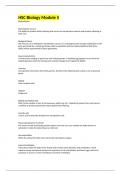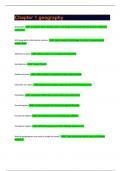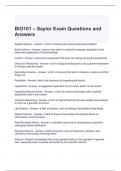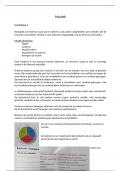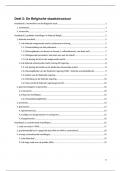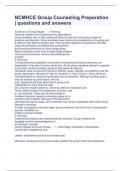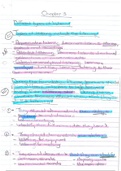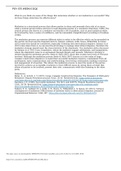Prüfung
HSC Biology Module 5
- Kurs
- Hochschule
HSC Biology Module 5 Reproduction Reproductive success The ability to produce fertile offspring that survive to reproductive maturity and produce offspring of their own. Biological fitness the measure of an individual's reproductive success. It is calculated as the average contribution...
[ Mehr anzeigen ]
